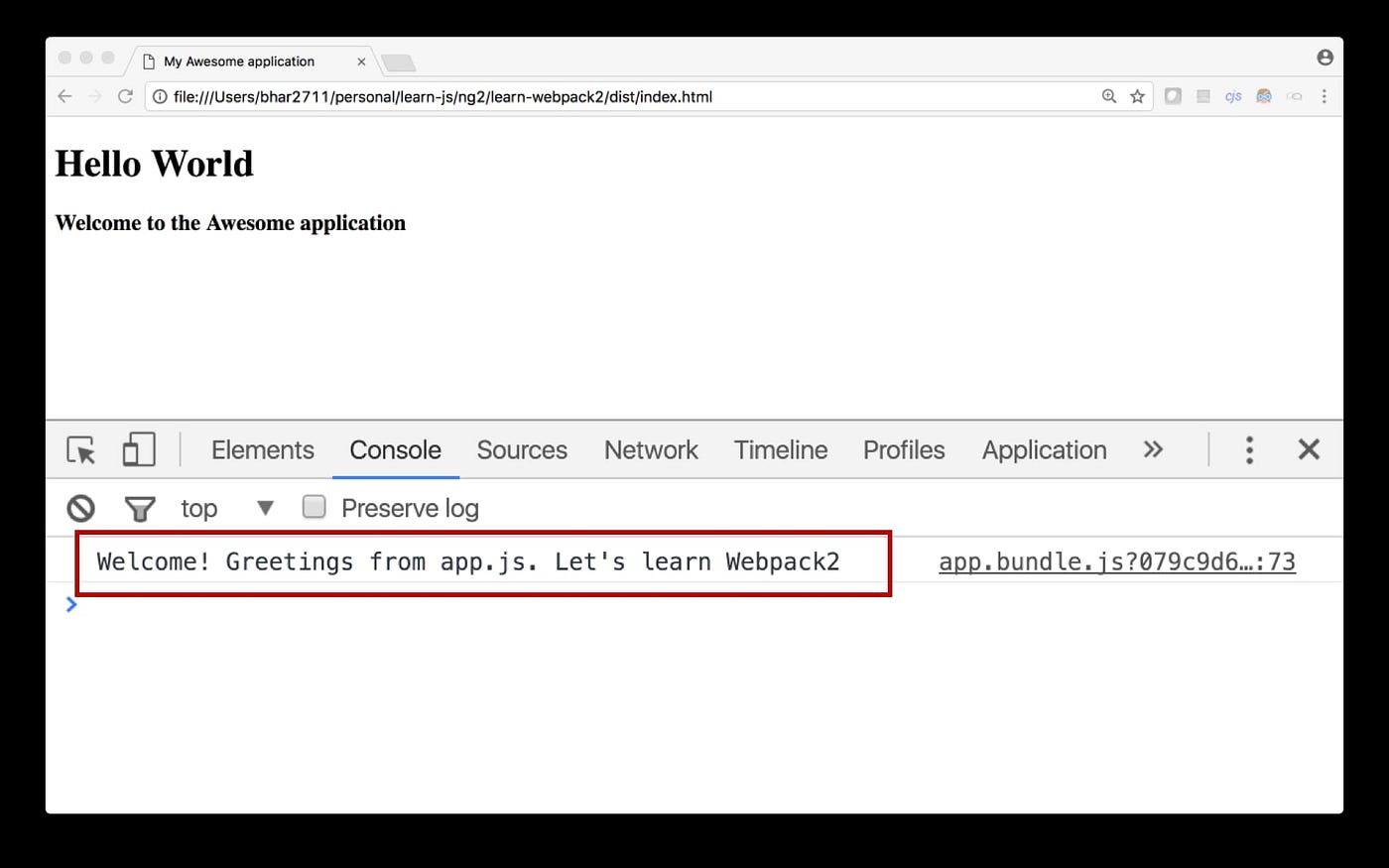

To set up for development, you'll install webpack-dev-server. Instead of building to a dist file, the development mode will just run everything in memory.
#HOW TO RUN WEBPACK BUILD WITH WATCH UPDATE#
Running npm run build every single time you make an update is tedious. You can this in the webpack 5 boilerplate. For production, you will use MiniCssExtractPlugin instead of style-loader, which will export the CSS as a minified file. Now when you rebuild, you'll notice the Sass and PostCSS has been applied. Node polyfills are no longer available, so if you get an error for stream, for example, you would add the stream-browserify package as a dependency and add.file-loader, raw-loader and url-loader are not necessary, you can use built in asset modules.the webpack-dev-server command is now webpack-serve.If you're upgrading from webpack 4 to webpack 5, here are a few notes: If you have no problem in running webpack and getting the bundle of your simple react app (in assets/bundles/) the next step would be integrating the bundle with Django. Set up a production build flow using webpack This will execute webpack in watch mode so whenever there are changes webpack will bundle and compile (with babel ) the files again. 'dev': 'webpack build -mode development -watch' When I was running the script with 'npm run dev', Webpack used to open my app in a browser window.Set up a development server with webpack.Learn what webpack is and why you might want to use it.By using a Webpack build callback under the hood, this package is much more efficient than using a seperate. Webpack and server logs stream in a unified console with clear formatting and pretty colors. Ability to set up a Node.js environment A single webpack-watch-server command to add to your package scripts that fires up Webpack in watch mode and restarts your server each build.Familiarity with ES6 syntax and features.


I felt safe using something like create-react-app to set up a project, but I avoided webpack if at all possible since it seemed complex and confusing. This a reference guide to all the event hooks exposed by the Compiler.Webpack used to be a frustrating and overwhelming beast to me. In fact, this is really close to how webpack itself uses it.Ĭompiler-example // Can be imported from webpack package import ) Event Hooks Below is a trivial example of how one might use the Compiler. The compiler is used by webpack by instantiating it and then calling the run method. It is exported by webpack api under webpack.Compiler. The Compiler module of webpack is the main engine that creates a compilation instance with all the options passed through webpack CLI or webpack api or webpack configuration file.


 0 kommentar(er)
0 kommentar(er)
